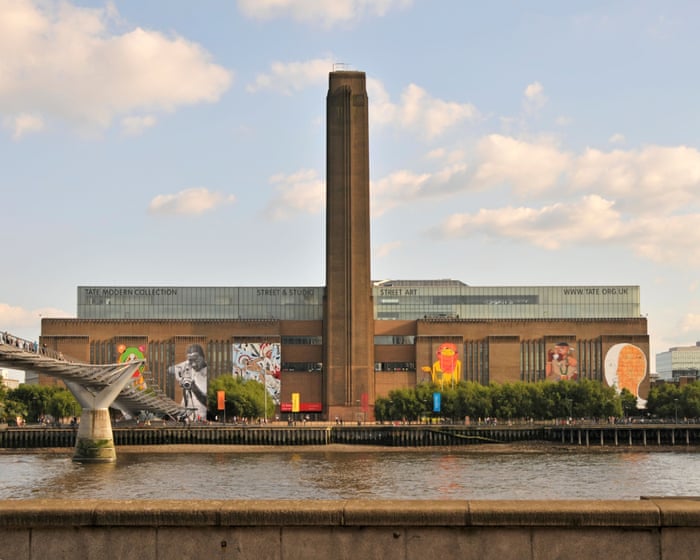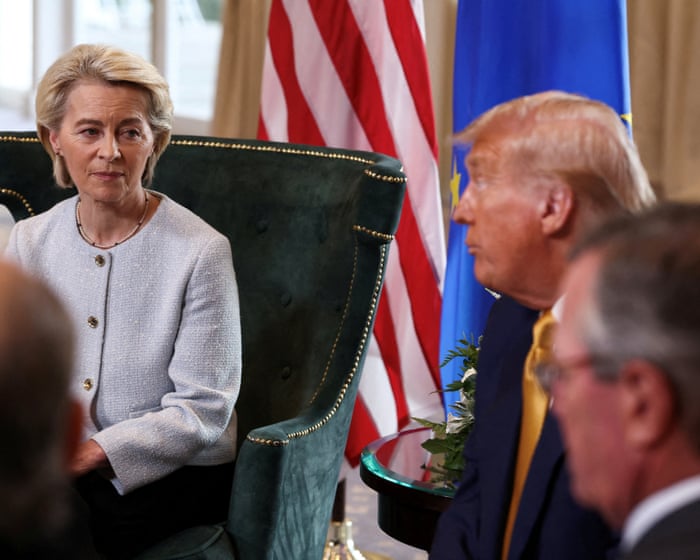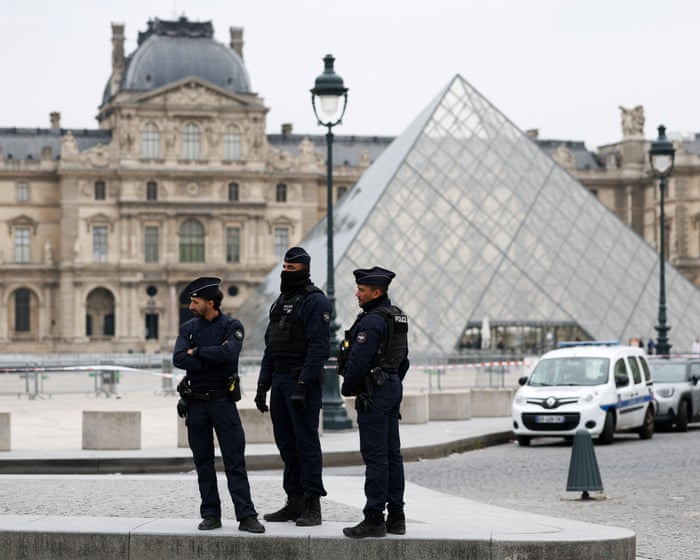London’s Tate galleries are seeing fewer young European visitors since Brexit and the pandemic, with the museum’s director attributing a sharp drop in attendance to these factors.
Maria Balshaw, Tate’s director, said COVID-19 and Brexit have discouraged 16- to 24-year-olds from visiting the two London locations. Recent figures from the Association of Leading Visitor Attractions (Alva) show Tate Modern and Tate Britain saw a 27% drop in visitors since 2019—a loss of 2.2 million people.
The decline was steeper than at other major London museums. The National Portrait Gallery’s numbers fell by just 3%, while the British Museum saw a 4% dip.
Balshaw pointed to internal research showing domestic visitors have nearly returned to pre-pandemic levels (95%), but international attendance remains low at 61%.
“The figures speak for themselves,” she told The Art Newspaper. “Tate Modern had 609,000 young European visitors in 2019-20, but only 357,000 in 2023-24. That age group has been hit hard—Brexit changed their education and job prospects, then COVID disrupted their studies and lifestyles. Now they’re traveling less overall.”
Some critics argue Tate’s “woke” exhibitions are to blame for the slump, with a few even suggesting scrapping free entry.
The attendance drop follows Tate’s announcement of job cuts—7% of its workforce—to tackle financial shortfalls from the pandemic. A Tate spokesperson said the move would ensure “stability” while maintaining ambition and innovation.
Though there are no specific plans to lure back young Europeans, Tate has introduced late-night openings, which typically draw younger crowds.
Tate Modern, marking its 25th anniversary this year, saw over 76,000 visitors during its birthday weekend—a turnout insiders hope signals a recovery in 2025.




